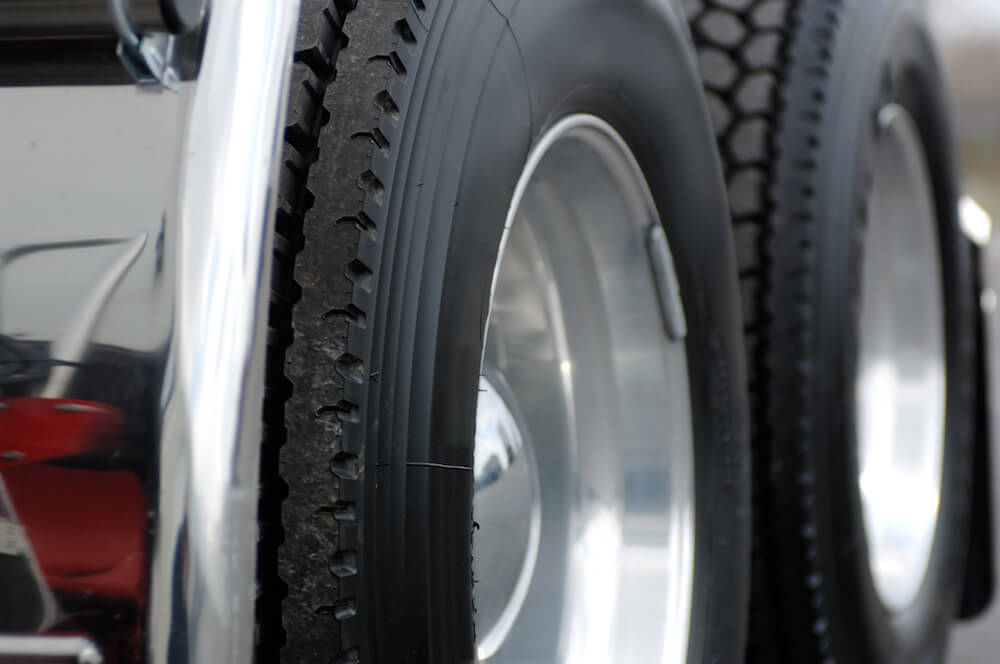The Department of Transportation (DOT) requires all commercial vehicles that weigh more than 10,000 pounds to undergo an annual truck inspection. This is to ensure that all equipment on the commercial vehicle works as it should to help improve public safety. The DOT conducts inspections at six different levels. An inspection can take place anywhere a qualified DOT official or a police officer from the same state are present. While the inspections might feel nerve-wracking, the good news is that you can do several things to prepare and increase the likelihood of passing.
How to inspect your own commercial vehicle
You might be surprised at how many issues you can spot on your own just by making a complete circle around your vehicle. Start by looking for cracks in the windows, no matter how small. Even a hairline crack can become much larger when hit by gravel or other road debris. Repairing them now saves you from the DOT citing you for it later and prevents you from dealing with obstructed vision.
Testing your headlights, signals, and the pressure in each of your tires are also good ideas. You will just need to climb in the cab of your truck and turn on each light and signal one at a time. Be sure to ask someone to stand outside of the vehicle and give you a thumbs up or down to indicate how well they work.
You can visually inspect the tires at first and then measure the pressure in each one that shows any sign of deflation. Don’t hesitate to fill these tires with air to prevent a serious situation on the road. Additionally, make sure that you know and follow your state’s guidelines for the use of mud flaps.
Pro tip: Make sure that you’re maintaining your trucks properly.
Levels of DOT Inspections
Knowing what to expect with each level of truck inspection is essential to passing. Level I, also known as the North American Standard Inspection, is meticulous in nature. The inspector will review all documentation, your commercial driver’s license, Hazmat requirements, whether you have drugs or alcohol in the vehicle, your driving log, and the most recent Driver and Vehicle Inspection Report. He or she will then proceed to check at least two dozen functions of the vehicle. Additional levels include:
Level II: This truck inspection is nearly identical to the inspection at Level I. The major difference is that the inspector will not physically maneuver himself or herself underneath the vehicle.
Level III: Called a driver-only inspection, this level involves the inspector examining each of the items listed for Level I as well as the seatbelt, your medical card, and your history of reported driver incidents.
Level IV: This special truck inspection happens only one time. Its purpose is for the examiner to inspect a specific feature on the vehicle more closely. It is normally in response to a previous vehicle claim in order to confirm or deny it.
Level V: A vehicle-only truck inspection includes everything completed for the first level. The one exception is that the driver is not present.
Level VI: This truck inspection only applies to commercial motor vehicles transporting HRCQ, which stands for highway route controlled quantities of radioactive materials.
Need truck insurance quotes?
If you’re looking for truck insurance quotes, we can help. Our team of transportation insurance agents can help you get multiple quotes for your big rig insurance so you can find the coverage that’s right for your business. Get started with 18 wheeler quotes by filling out our online quote form or giving us a call today. Please don’t hesitate to contact us with additional questions on this or any other trucking matter.
Source:



